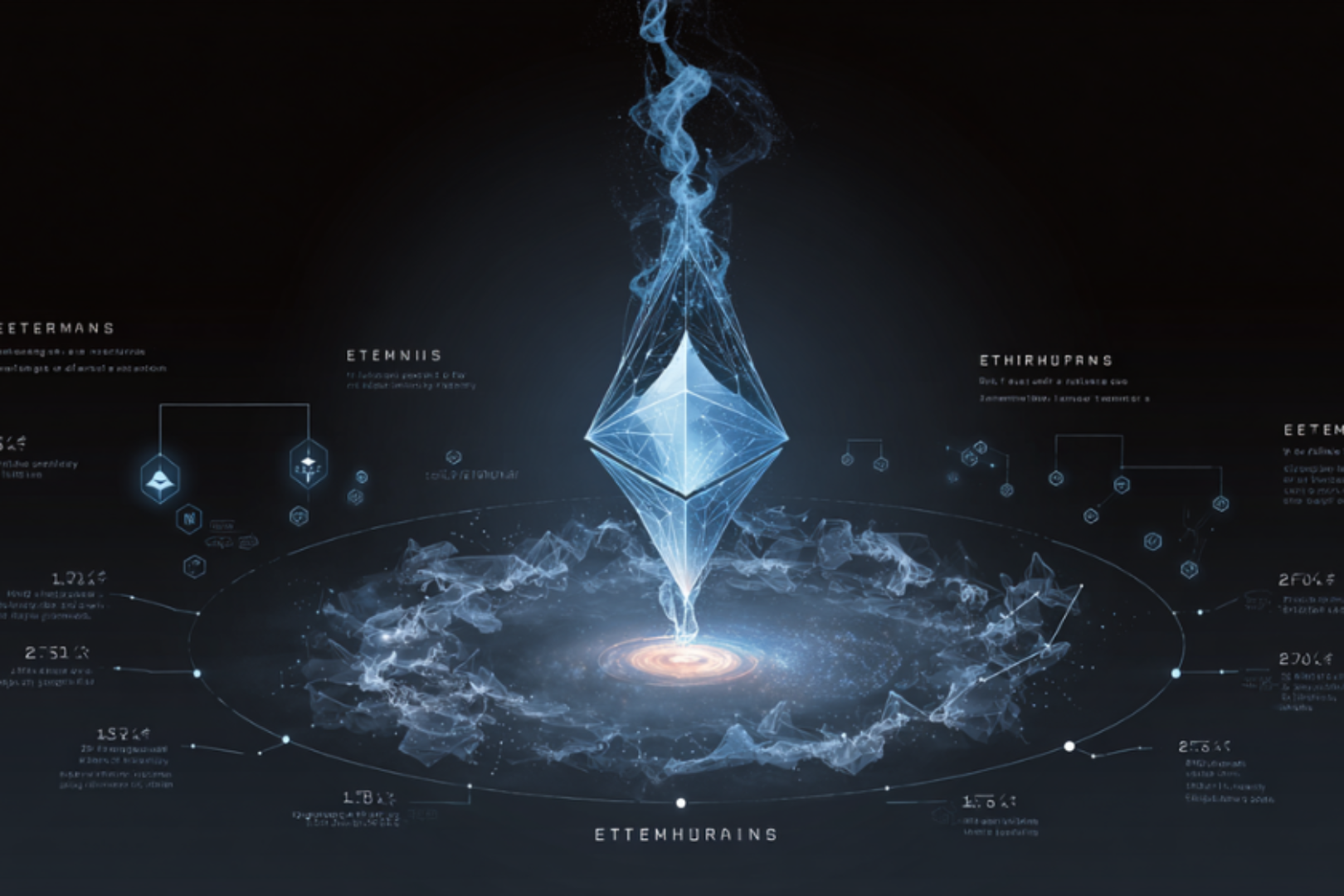
As we all know, the development of Ethereum is facing new difficulties. Ethereum supports massive amounts of economic activity, settles billions of dollars in transactions every day, and runs thousands of DApps in the booming DeFi and NFT space. However, the limited space resources of Ethereum can no longer bear too many applications, nor can it accept the swarming of a large number of users.When the network is congested, transactions become more expensive and more delayed, placing a greater financial burden on users.
In view of this, in order to solve the problem of Ethereum expansion, the relevant teams have proposed many technical solutions, including sharding. Sharding divides multiple tracks for the network, processes transactions in parallel in a horizontally scalable manner, and distributes computing and storage capacity across multiple servers, resulting in higher overall throughput.The technical concept of "not everyone has to run every shard" advocated by sharding has become the key to the birth of light clients.
Light clients play an important role in Ethereum sharding, enabling verifiers to quickly verify and synchronize different shards, and successfully resolve the blocking problems that arise during the operation of many DApps. Public chains such as Polkadot and NEO, which also face the difficulties of limited expansion and large user load caused by rapid development, have also started the practice of light clients to provide a more smooth and free environment for better layout of the application ecological map.
Marty McFly once said:"In the future, light clients will be everywhere."first level title
What is a light client? Easy Verification, Fast Response
Before we understand the light client, we first need to start with the concept of the client. A client in computer science is a piece of hardware or software that connects to a server, like an Internet browser is a client that connects to a website to request its content. In the blockchain world, a client is software that connects to other clients in a peer-to-peer manner. All clients communicate with each other and form a network, and each client is a node.
Taking Ethereum as an example, in the past there was only one type of node (aka: full node) responsible for validating and rebroadcasting transactions and blocks on the network. Constrained by the operating characteristics of the Internet and the blockchain, each full node needs to download and verify each block, and each transaction also needs to go through the entire process of verification and checks. Then, as the number of users increases and the number of service-oriented applications increases, this kind of full-node control will bring about the above-mentioned problems such as high costs and slow inspections, hindering the long-term development of Ethereum.
Under this circumstance, the concept of light client gradually emerged. Light clients are a key element in the blockchain ecosystem, helping users access and interact with the blockchain in a secure and decentralized manner without the need to read and write large amounts of information on the blockchain. The light client is allowed to interact with the full node in a minimal trust manner, and can prove the authenticity of the information without prior knowledge. The basic function of the light client is: download whenever a block appears on the network, and send a request for Merkle proofs of a specific state to the client. It uses a distributed hash table to track prefix nodes instead of local storage,In a way of "cloud storage, cloud verification", the information verification materials of individual users are directly obtained, so that various activities such as transactions and entertainment can be carried out faster.
first level title
Success Stories Using Light Clients
secondary title
Fluffy
secondary title
NEO
secondary title
Substrate Connect
secondary title
Helios
first level title
Facing the Future: How Light Clients Solve the Difficulty
The application of light clients has been spread day by day, but the operational drawbacks involved cannot be ignored. For example, light clients do not directly link into network services, cannot verify other required information other than the client, and cannot directly transmit data to other peer nodes. However, the current public chain ecology constantly emphasizes "cross-chain" technology for data transmission and efficient processing. Developers can learn from the experience of cross-chain technology to try to bridge the data of light clients, which is very important for the technical upgrade and function optimization of light clients. crucial direction.
In addition, the light client also lacks a better user incentive method, as we all know that incentives are the key to the stability of the ecosystem. How to allow users to access the blockchain in a decentralized and secure manner, encourage users and institutions to run full nodes, serve light nodes, and punish malicious full nodes that serve bad data? Perhaps it is possible to adopt a concept system similar to "DAO" governance for the operation and management of the light client ecology,Form a virtuous cycle system between "developers-light clients-users".
In fact, there may be many technical solutions such as optimizing the operating environment of light clients and innovating the functions of light clients. In the future, developers need to continue to develop and innovate to create an excellent light client for Web3.
References:
What is a light client? and why you need to know about it
Introduction | Getting Started with Light Clients for the Ethereum Blockchain
NEXT Small Community Classroom | Lesson 26: How to Create a NEO Light Client
Introduction | Fluffy Client: An Extremely Light Client for Ethereum




